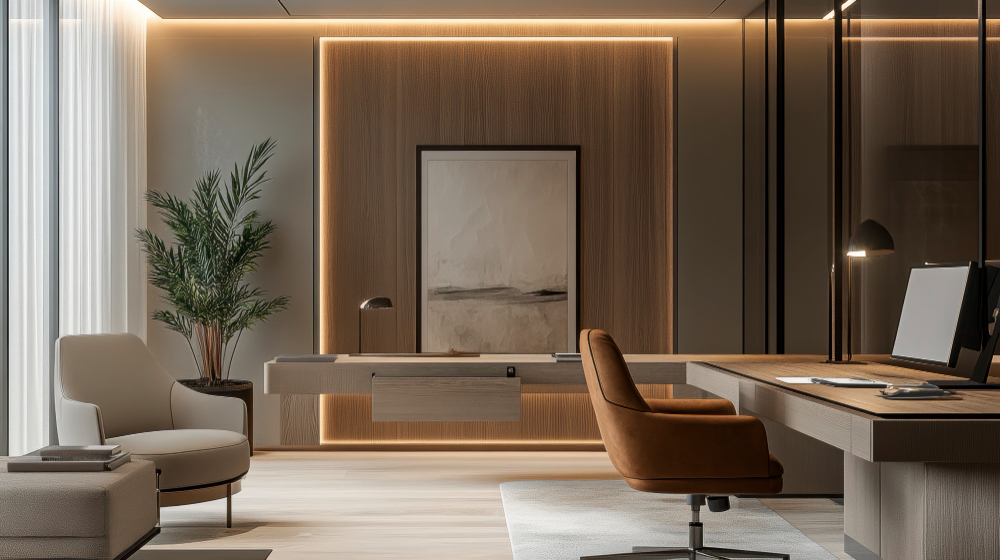Dubai’s restaurant scene is a dynamic blend of culinary innovation and striking design. Current trends reflect a focus on sustainability, technology integration, and a unique sense of place, making dining experiences in this city more appealing than ever. As restaurants compete for attention, the aesthetic and functional aspects of their design have become crucial to attracting customers.
Recent developments show that many establishments are prioritizing eco-friendly materials and biophilic designs, which create a connection with nature. Incorporating technology, from smart kitchen appliances to interactive dining experiences, influences the way guests interact with their meals.
The cultural richness of Dubai also plays a significant role in shaping its restaurant designs. With a mix of traditional and contemporary influences, the designs often showcase local art and craftsmanship, enhancing the overall dining atmosphere. Understanding these trends can provide insights for anyone interested in the evolving landscape of Dubai’s restaurant industry.
The Emergence of Minimalist Elegance
Dubai’s dining scene is increasingly reflecting a trend towards minimalist elegance. This approach emphasizes simplicity, clean lines, and functional designs that enhance the overall dining experience. Key elements are found in the focus on practicality and aesthetic balance.
Simplicity Meets Functionality
Minimalist restaurant designs prioritize functional layouts that enhance the flow and usability of space. Seating arrangements are chosen strategically, often utilizing multi-functional furniture that can easily be reconfigured to accommodate various dining scenarios.
The use of open spaces allows for natural light to play a significant role, creating an inviting atmosphere. Designers often select furniture with simple forms and sleek lines, ensuring that the space remains uncluttered and helps guests focus on their dining experience.
The incorporation of technology, such as integrated ordering systems, further exemplifies how functionality is achieved without compromising the minimalist aesthetic.
Neutral Palettes and Natural Materials
The color schemes in minimalist restaurants lean heavily toward neutral tones. Shades of white, beige, and soft gray create a serene backdrop, allowing food and patrons to take center stage.
Natural materials are integral to this aesthetic. Wood, stone, and metal are frequently used to add warmth and texture to the environment. Sustainable sourcing of these materials is also valued, promoting eco-friendliness alongside visual appeal.
Accent elements like greenery or carefully chosen artwork may serve as focal points without overwhelming the space. This restrained approach to design echoes a commitment to quality over quantity, aligning with the sophisticated sensibilities of Dubai’s dining patrons.
Fusion of Technology and Ambiance
The integration of technology into restaurant design has transformed the dining experience. By enhancing ambiance and interaction, establishments are creating unforgettable moments for guests. Two significant aspects of this trend are interactive dining experiences and smart lighting systems.
Interactive Dining Experiences
Restaurants are increasingly adopting interactive dining concepts to engage guests. This includes incorporating apps for ordering food, allowing customers to customize their meals in real time. High-tech displays showcase menu items with vibrant visuals, sparking curiosity and excitement.
Some venues even offer virtual reality (VR) dining experiences, where diners can enjoy their meals in immersive environments. This makes the dining experience more memorable and fosters social interaction among guests. As technology evolves, these experiences will likely become even more sophisticated, enhancing customer satisfaction and retention.
Smart Lighting Systems
Smart lighting systems have revolutionized how ambiance is created in dining spaces. These setups allow for dynamic control of light intensity, color, and patterns, directly influencing the mood. By adjusting lighting temperatures and scenes based on the time of day or theme, restaurants can create tailored experiences.
Integration of sensors makes these systems responsive to occupancy levels. When the restaurant is busy, lights can brighten to enhance energy. Conversely, during quieter periods, softer lighting can create a more intimate atmosphere. This adaptability not only improves the dining environment but also helps save energy, showcasing a commitment to sustainability.






No responses yet